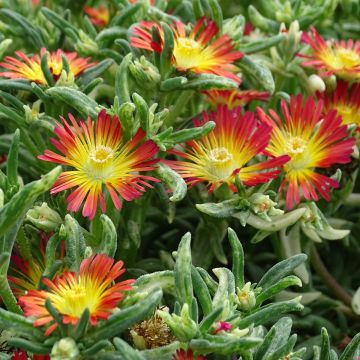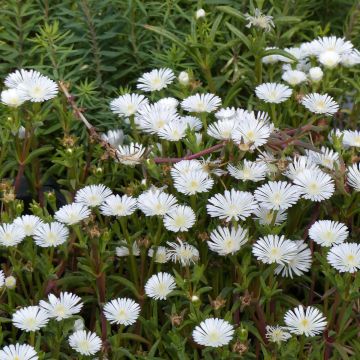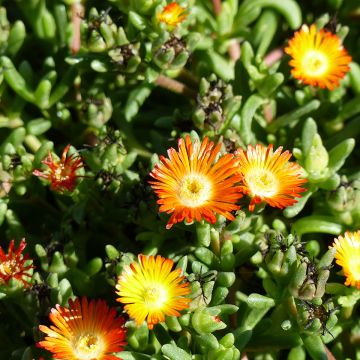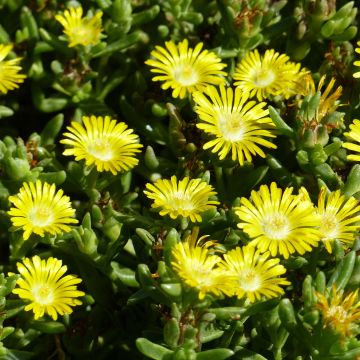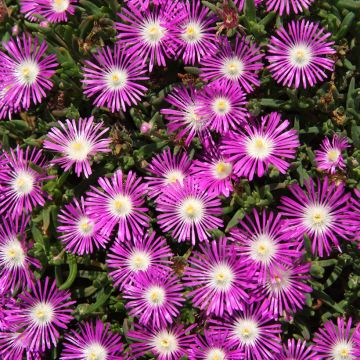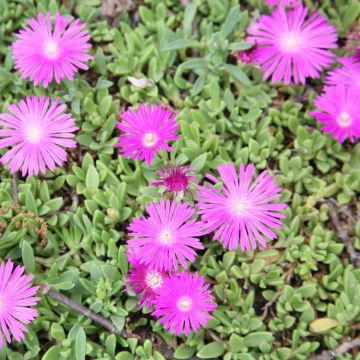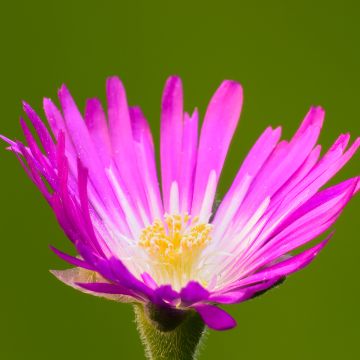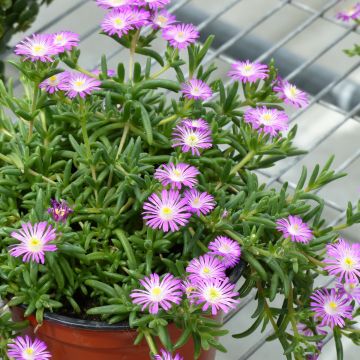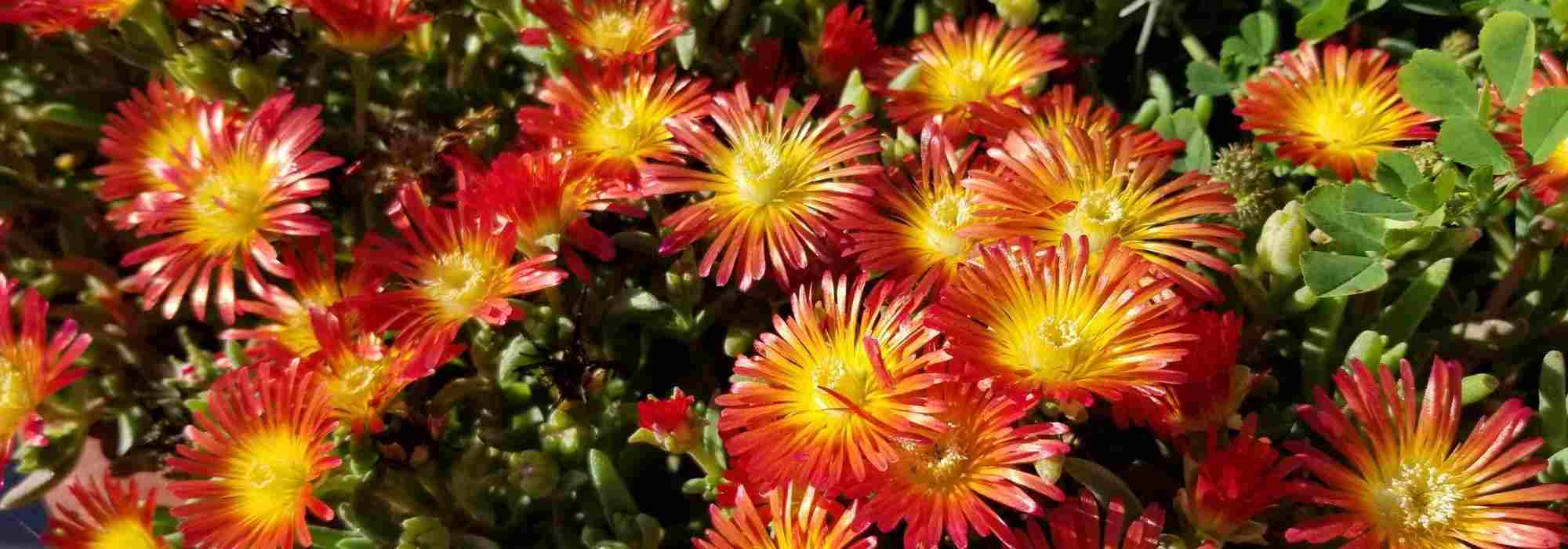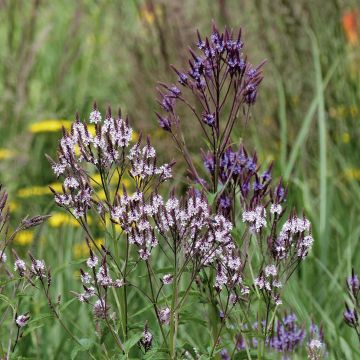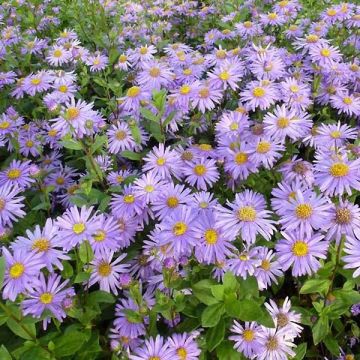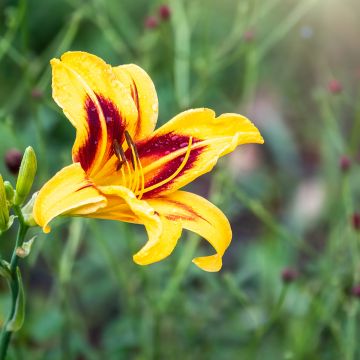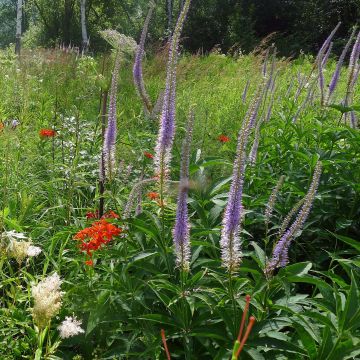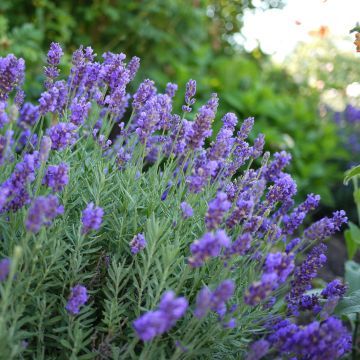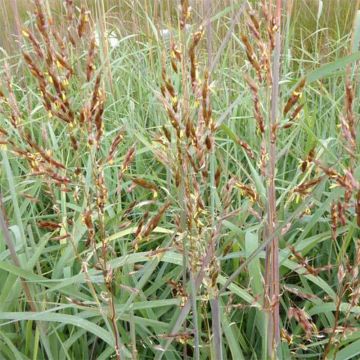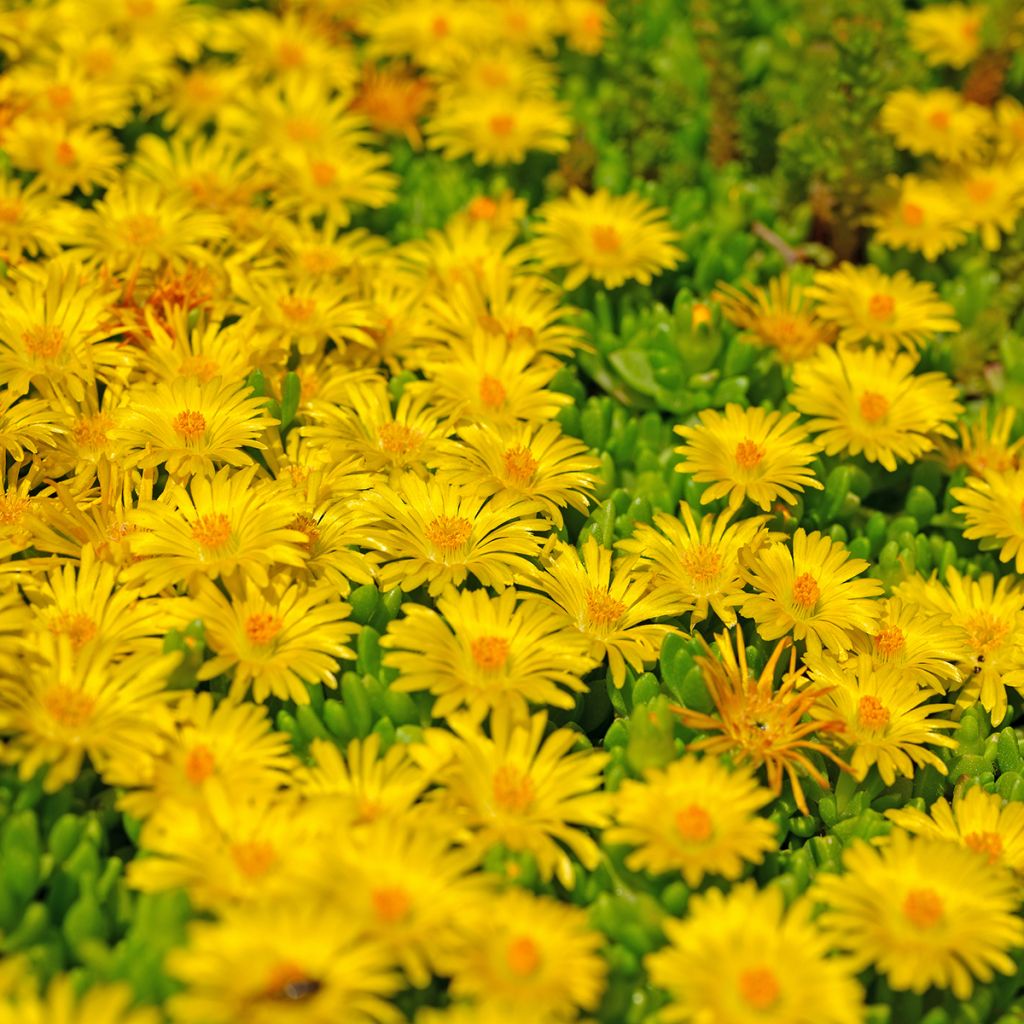

Delosperma lineare
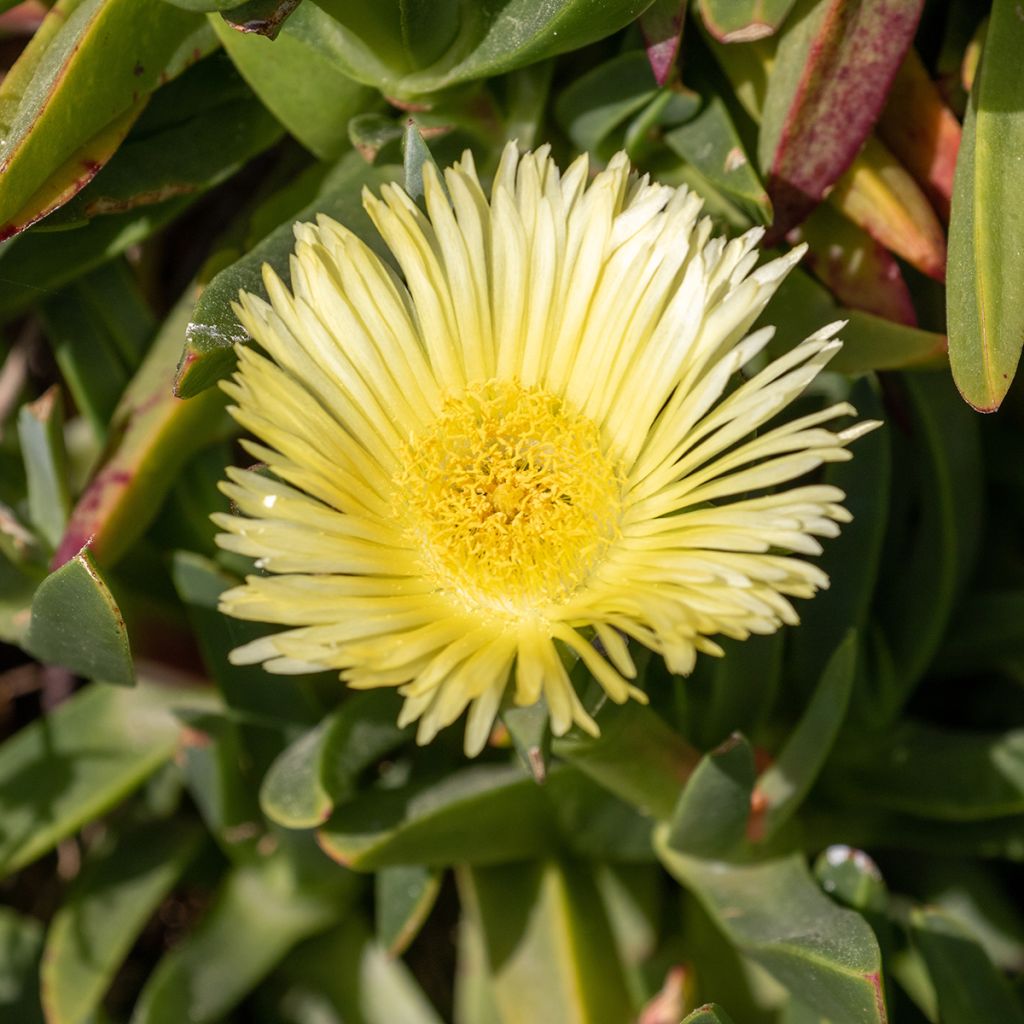

Delosperma lineare
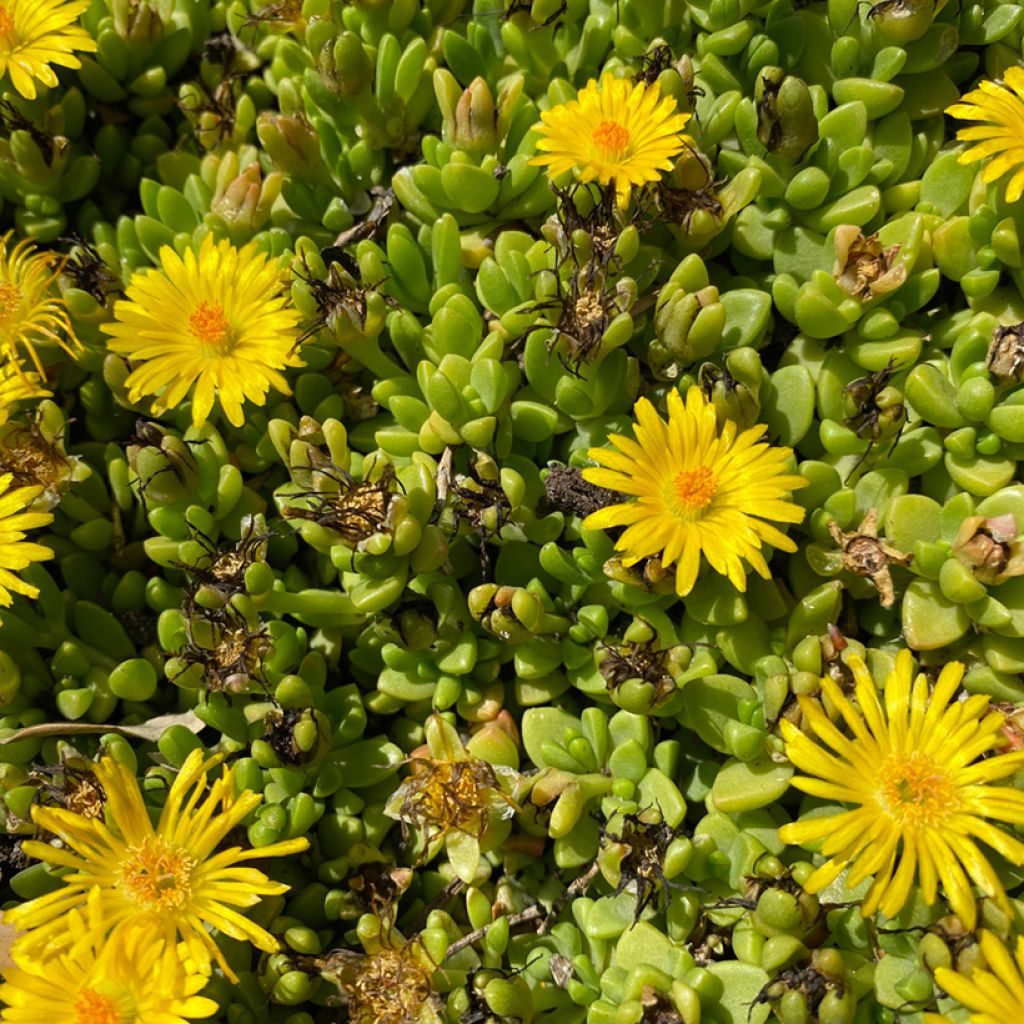

Delosperma lineare
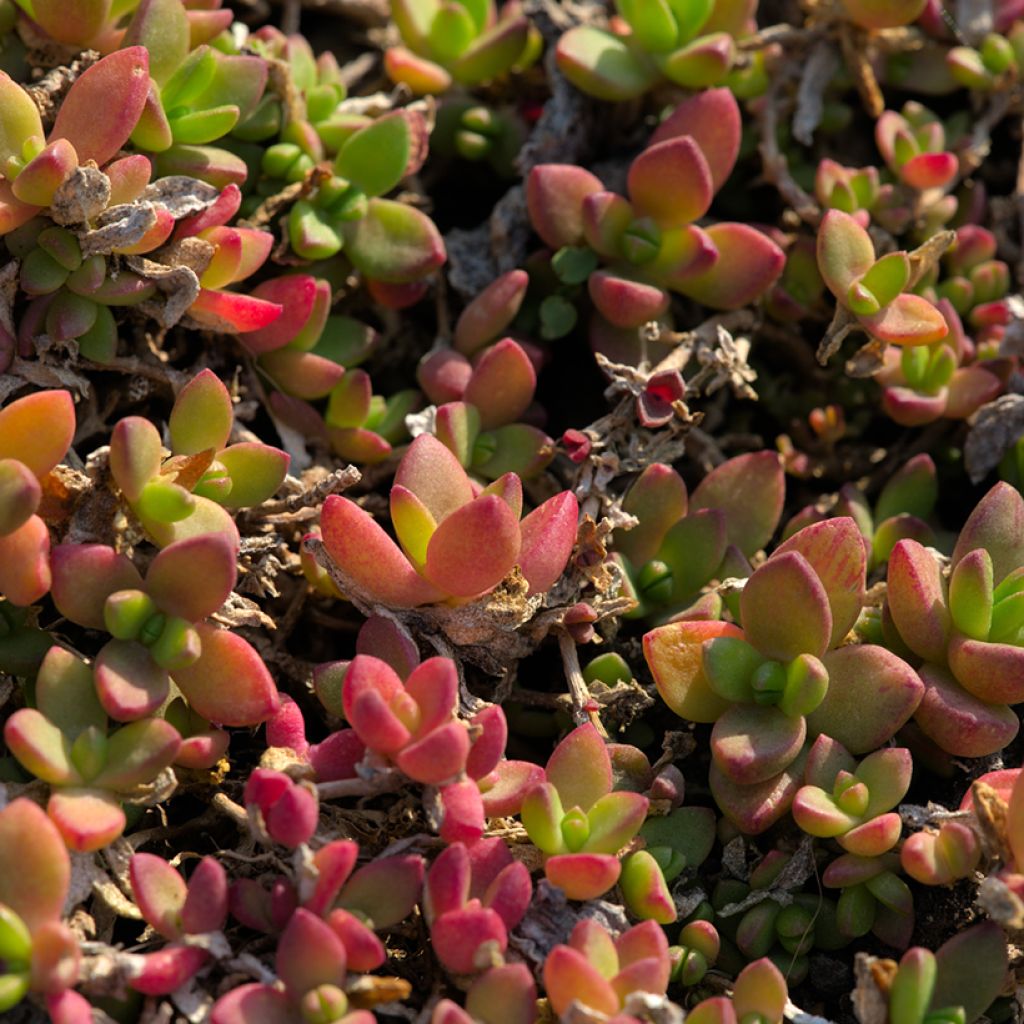

Delosperma lineare
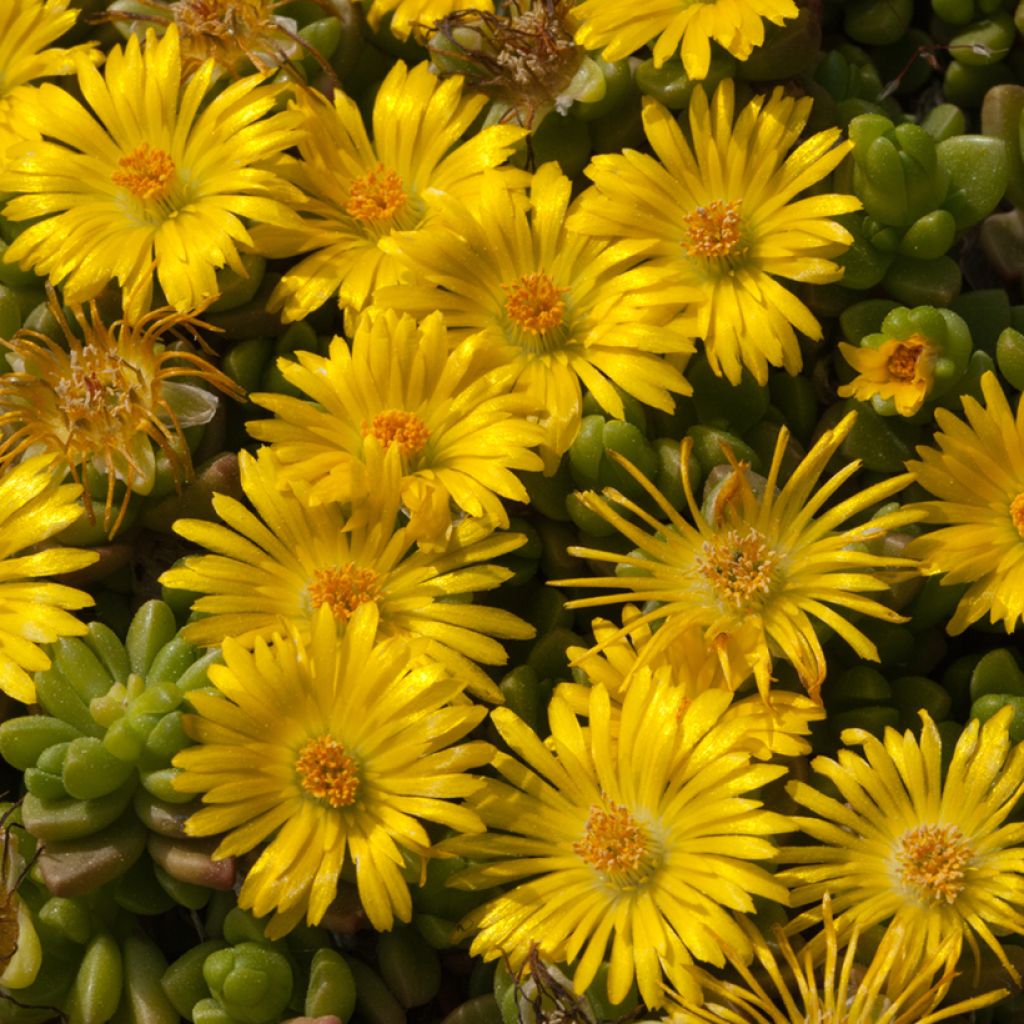

Delosperma lineare
Delosperma lineare
Delosperma lineare
Perennial purslane
These 2 plants were very damaged during transportation, I hope there won't be any issues with their recovery.
Martine, 12/02/2024
Special offer!
Receive a €20 voucher for any order over €90 (excluding delivery costs, credit notes, and plastic-free options)!
1- Add your favorite plants to your cart.
2- Once you have reached €90, confirm your order (you can even choose the delivery date!).
3- As soon as your order is shipped, you will receive an email containing your voucher code, valid for 3 months (90 days).
Your voucher is unique and can only be used once, for any order with a minimum value of €20, excluding delivery costs.
Can be combined with other current offers, non-divisible and non-refundable.
Home or relay delivery (depending on size and destination)
Schedule delivery date,
and select date in basket
This plant carries a 12 months recovery warranty
More information
We guarantee the quality of our plants for a full growing cycle, and will replace at our expense any plant that fails to recover under normal climatic and planting conditions.
Would this plant suit my garden?
Set up your Plantfit profile →
Description
Delosperma lineare is a small hardy succulent plant with fleshy foliage and golden yellow flowers. This creeping perennial densely carpets walls, rockeries, and borders with tender green foliage, which is covered in sun-like flowers in summer and turns reddish bronze in winter. Like all Delosperma, this botanical species thrives in full sun in lean, well-drained soils, even in very dry conditions in summer. But unlike many others, it survives severe frosts. It also grows well in pots.
Delosperma lineare belongs to the family Aizoaceae. Like all Delosperma, it is a South African perennial plant that thrives in poor, well-drained soil and full sun. If your region experiences frosts close to -15 °C, place it in a pot or container that you can bring indoors during winter. This Delosperma, or perennial purslane, develops creeping, branching, prostrate stems. They bear numerous small succulent leaves that are ovate, thick, tender green with often reddish tips, becoming bronze to reddish under cold temperatures. They are sessile, meaning they have no petiole and are directly attached to the stems. Together, they form a very low (5cm (2in)) carpet that flowers abundantly in June-July. Depending on the climate, a few flowers may bloom outside of these periods, between February and November. The clustered flowers have a golden yellow colour around a more orange centre. This flowering brings vibrant colours to the most deprived areas of the garden. The flowers only open in the sun.
Delosperma lineare is a rockery plant par excellence, but it is also an excellent variety for flower pots. It thrives in slightly arid areas of the garden, sometimes difficult to landscape: a dry and rocky slope, a dry stone wall, between the stones of a sunny rockery… Sedums, dwarf carnations, campanulate wallflowers, and creeping Gypsophila are good companions for this exotic-looking carpet, as well as Valerian plants (Centranthus), with which it shares the same needs: sun and dry soil, both in winter and summer.
Delosperma lineare in pictures
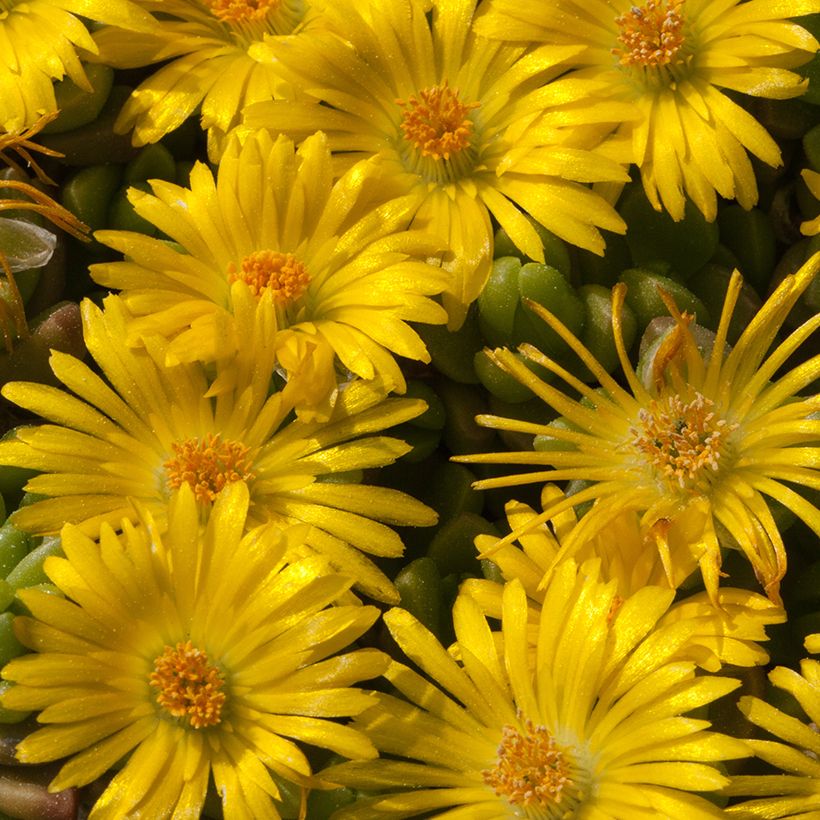

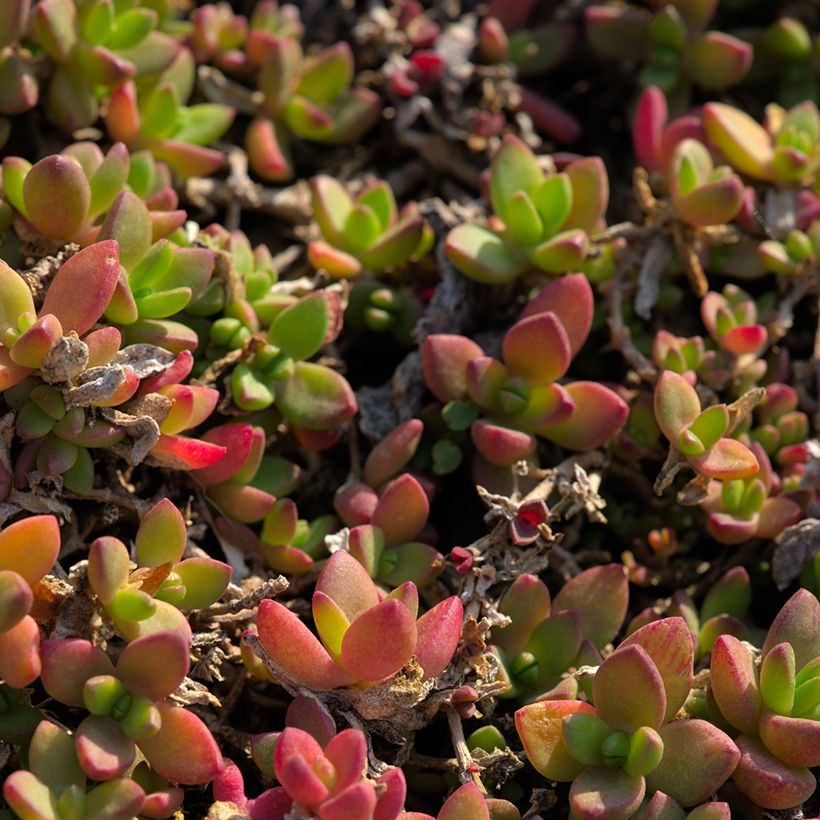

Flowering
Foliage
Plant habit
Botanical data
Delosperma
lineare
Aizoaceae
Perennial purslane
Cultivar or hybrid
Other Delosperma
View all →Planting and care
Delosperma lineare settles preferably in place in spring (or in autumn in mild and dry climate) in a very well-drained, light, poor, dry, even rocky or sandy soil. It appreciates walls, rockeries, and well-exposed slopes. If your region is subject to frost below -15°C (5°F), prefer a place in a pot or in a planter. This way, you can shelter it during winter if necessary.
A sunny and warm location is essential for it to feel comfortable and flower abundantly. You can remove faded flowers to encourage their renewal. Division of the stump may be necessary after a few years, depending on its location.
Make sure it does not get covered with dead leaves from nearby trees if they are at risk of rotting. Similarly, it does not appreciate having its feet in stagnant water, in winter as well as in summer. This variety does not tolerate summers that are both hot and humid.
Planting period
Intended location
Care
Planting & care advice
-
, onOrder confirmed
Reply from on Promesse de fleurs
Similar products
Haven't found what you were looking for?
Hardiness is the lowest winter temperature a plant can endure without suffering serious damage or even dying. However, hardiness is affected by location (a sheltered area, such as a patio), protection (winter cover) and soil type (hardiness is improved by well-drained soil).

Photo Sharing Terms & Conditions
In order to encourage gardeners to interact and share their experiences, Promesse de fleurs offers various media enabling content to be uploaded onto its Site - in particular via the ‘Photo sharing’ module.
The User agrees to refrain from:
- Posting any content that is illegal, prejudicial, insulting, racist, inciteful to hatred, revisionist, contrary to public decency, that infringes on privacy or on the privacy rights of third parties, in particular the publicity rights of persons and goods, intellectual property rights, or the right to privacy.
- Submitting content on behalf of a third party;
- Impersonate the identity of a third party and/or publish any personal information about a third party;
In general, the User undertakes to refrain from any unethical behaviour.
All Content (in particular text, comments, files, images, photos, videos, creative works, etc.), which may be subject to property or intellectual property rights, image or other private rights, shall remain the property of the User, subject to the limited rights granted by the terms of the licence granted by Promesse de fleurs as stated below. Users are at liberty to publish or not to publish such Content on the Site, notably via the ‘Photo Sharing’ facility, and accept that this Content shall be made public and freely accessible, notably on the Internet.
Users further acknowledge, undertake to have ,and guarantee that they hold all necessary rights and permissions to publish such material on the Site, in particular with regard to the legislation in force pertaining to any privacy, property, intellectual property, image, or contractual rights, or rights of any other nature. By publishing such Content on the Site, Users acknowledge accepting full liability as publishers of the Content within the meaning of the law, and grant Promesse de fleurs, free of charge, an inclusive, worldwide licence for the said Content for the entire duration of its publication, including all reproduction, representation, up/downloading, displaying, performing, transmission, and storage rights.
Users also grant permission for their name to be linked to the Content and accept that this link may not always be made available.
By engaging in posting material, Users consent to their Content becoming automatically accessible on the Internet, in particular on other sites and/or blogs and/or web pages of the Promesse de fleurs site, including in particular social pages and the Promesse de fleurs catalogue.
Users may secure the removal of entrusted content free of charge by issuing a simple request via our contact form.
The flowering period indicated on our website applies to countries and regions located in USDA zone 8 (France, the United Kingdom, Ireland, the Netherlands, etc.)
It will vary according to where you live:
- In zones 9 to 10 (Italy, Spain, Greece, etc.), flowering will occur about 2 to 4 weeks earlier.
- In zones 6 to 7 (Germany, Poland, Slovenia, and lower mountainous regions), flowering will be delayed by 2 to 3 weeks.
- In zone 5 (Central Europe, Scandinavia), blooming will be delayed by 3 to 5 weeks.
In temperate climates, pruning of spring-flowering shrubs (forsythia, spireas, etc.) should be done just after flowering.
Pruning of summer-flowering shrubs (Indian Lilac, Perovskia, etc.) can be done in winter or spring.
In cold regions as well as with frost-sensitive plants, avoid pruning too early when severe frosts may still occur.
The planting period indicated on our website applies to countries and regions located in USDA zone 8 (France, United Kingdom, Ireland, Netherlands).
It will vary according to where you live:
- In Mediterranean zones (Marseille, Madrid, Milan, etc.), autumn and winter are the best planting periods.
- In continental zones (Strasbourg, Munich, Vienna, etc.), delay planting by 2 to 3 weeks in spring and bring it forward by 2 to 4 weeks in autumn.
- In mountainous regions (the Alps, Pyrenees, Carpathians, etc.), it is best to plant in late spring (May-June) or late summer (August-September).
The harvesting period indicated on our website applies to countries and regions in USDA zone 8 (France, England, Ireland, the Netherlands).
In colder areas (Scandinavia, Poland, Austria...) fruit and vegetable harvests are likely to be delayed by 3-4 weeks.
In warmer areas (Italy, Spain, Greece, etc.), harvesting will probably take place earlier, depending on weather conditions.
The sowing periods indicated on our website apply to countries and regions within USDA Zone 8 (France, UK, Ireland, Netherlands).
In colder areas (Scandinavia, Poland, Austria...), delay any outdoor sowing by 3-4 weeks, or sow under glass.
In warmer climes (Italy, Spain, Greece, etc.), bring outdoor sowing forward by a few weeks.































